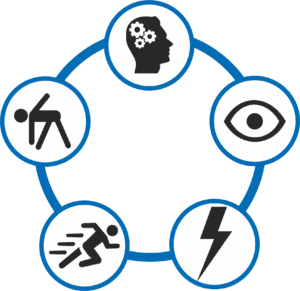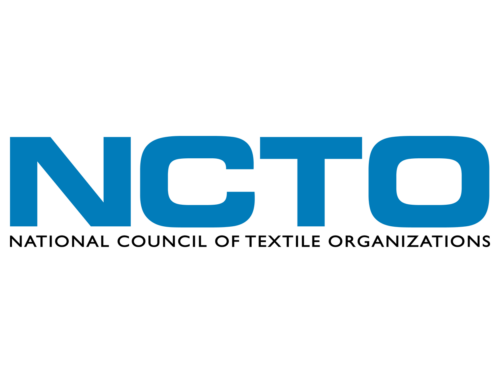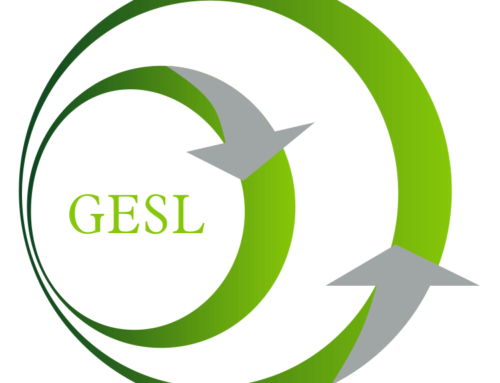By Surabhi Mukhi, APDN Textiles Project Manager
The current business environment can be characterized by constant change, shorter product lifecycles, and increased demand uncertainty. As these conditions have become the norm, companies and researchers alike have turned to the concept of agility in their quest for a sustainable source of competitive advantage. Consequently, supply chain agility has emerged as the dominant competitive vehicle for organizations operating in such an uncertain and ever-changing business environment.
Supply chain agility can be described as a company’s ability to quickly adjust tactics and operations within its supply chain.
Let us uncover the anatomy of supply chain agility to better understand how companies can develop this important ability.

- Alertness / Anticipation/ Awareness
The first component of agility is alertness or awareness, defined as the ability to quickly detect changes, opportunities, and threats. - Visibility/ Accessibility
Working closely with alertness is the second component, accessibility. Accessibility is the ability to quickly access relevant data or have Visibility to it. - Responsiveness/ Decisiveness with Speed
Sports science and military science research suggest that agility is dependent upon decisiveness, or the ability to make decisions resolutely using available information. Responsiveness in business environments is key to customer satisfaction. - Flexibility is the final component of agility. Within a supply chain context, flexibility can be described as a company’s ability to modify its range of tactics and operations to the extent needed to implement its strategy.
As we have seen, supply chain agility is manifested through a company’s ability to rapidly detect changes, opportunities, and threats (alertness); quickly access relevant data (accessibility); make resolute decisions about how to act (decisiveness); swiftly implement those decisions (speed); and modify its range of supply chain tactics and operations to the extent needed to implement its strategy (flexibility).
For this reason, companies that desire a high degree of agility should aim for high scores across all five dimensions. However, they may have limited resources available to invest in enhancing their levels of supply chain agility.
CertainT® is an integrated supply chain platform for verifying authenticity from the source to retail. The three pillars of the platform are: Tag, Test, and Track, enabling brands and manufacturers to preserve the integrity and quality of the source materials in their supply chain and agility in their supply chain operations. CertainT molecular tagging ensures forensic level traceability at every stage in the manufacturing process; authenticating the routes that materials take through recycling and reuse; and ultimately providing consumers with the highest levels of confidence in the origins of their goods. Without the use of a secure tag, it is all too easy for premium or 100 percent recycled fibers to be diluted by unscrupulous suppliers and for paper-based certification systems to be forged.
So even if you scored well on all dimensions, don’t become complacent. What represents an elevated level of agility today might not be sufficient to ensure a competitive advantage tomorrow. Sourcing of raw materials is a critical factor associated with a sustainable program and providing transparency of product claims to consumers is a sign of true trust and open disclosure. This can be only maintained when your supply chain has in built protection like CertainT which enhances its agility.




